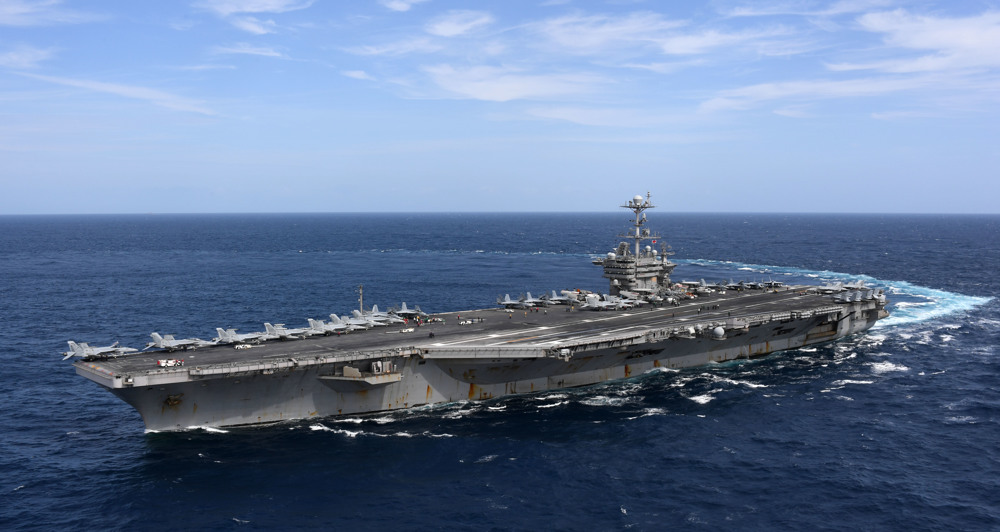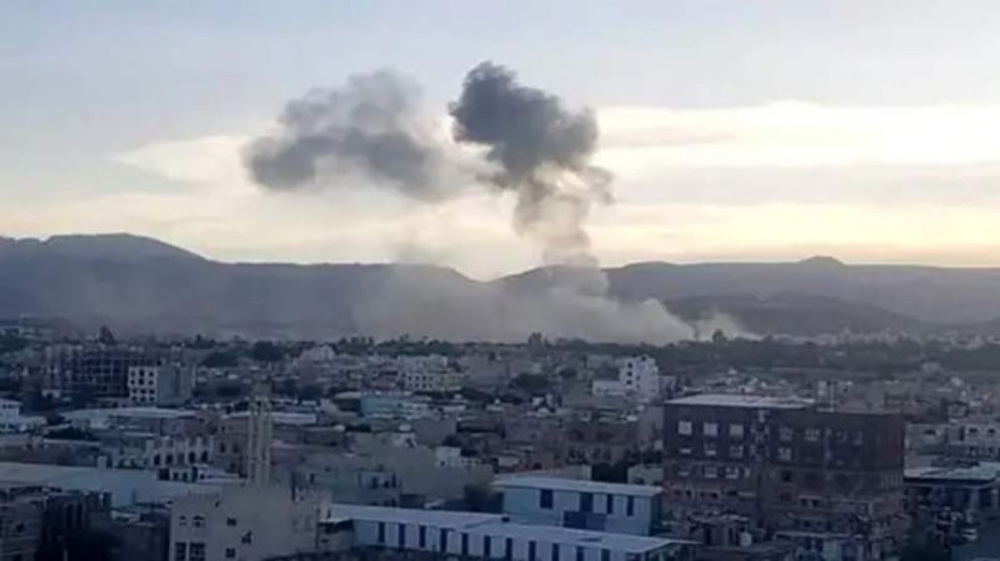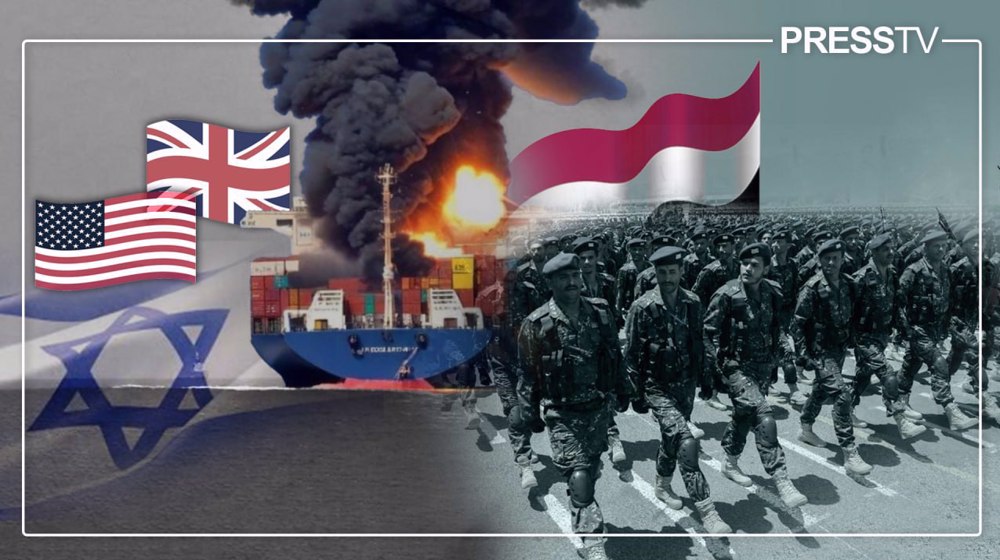US bombers conduct firing drill over Korean Peninsula
The US military has flown two supersonic B-1B bombers over the Korean peninsula as part of a combined firing drill with Japan and South Korea in the region, fueling tensions with Pyongyang over nuclear and ballistic missile programs.
US Pacific Air Forces (PACAF) said that the B-1B strategic bombers flew over waters in the vicinity of the Sea of Japan late on Tuesday and were then accompanied by two F-15K fighter jets from South Korea and two F-15 fighter jets from Japan.
"This is a clear demonstration of our ability to conduct seamless operations with all of our allies anytime anywhere," US Air Force Major Patrick Applegate said in a statement. "Flying and training at night with our allies in a safe, effective manner is an important capability shared between the US, Japan, and the Republic of Korea."
The military official also added that the training exercise "hones the tactical prowess of each nation’s aviators."
The South Korean Yonhap news agency, citing South Korea's joint chiefs of staff, said the military planes staged a simulated air-to-ground missile drill in waters off the east coast of South Korea after entering South Korean airspace.
The US bombers had taken off from the Andersen Air Force Base in Guam.
US President Donald Trump, meanwhile, met with members of his national security team, reportedly discussing a range of options to respond to "aggression" and the possible nuclear threats from North Korea.

Tensions on the Korean Peninsula have been rising for months, fueled by North Korea's frequent missile tests and its nuclear weapons program as well as US military drills and Trump’s rhetoric.
North Korea has conducted several nuclear tests and missile test-launches in response to US threats against the country.
Pyongyang says it will not give up on its nuclear deterrence unless Washington ends its hostile policy toward the country and dissolves the US-led UN command in South Korea. Thousands of US soldiers are stationed in South Korea and Japan.
US warship sails near China's islands
In a separate development on Tuesday, three US officials said the USS Chafee navy destroyer had sailed near the disputed Paracel Islands in the South China Sea in a so-called “freedom of navigation” operation.
The officials, speaking on condition of anonymity, told Reuters that the guided-missile destroyer had carried out normal maneuvering operations “very close,” to the 12-nautical-mile territorial limits of the islands.
They further said the mission was undertaken to challenge "excessive maritime claims" near the Paracel Islands, over which China has territorial disputes with its neighbors.

The situation in the South China Sea has been precarious since Japan and South Korea, two major allies of the US in the region, protested what they described as China’s undercutting of naval sovereignty of neighboring nations in the region.
The US, which routinely carries out military drills in the sea along with Japan and South Korea, has called on China to retract its military presence from waters, which are not part of its territory.
Washington claims that China has blocked free movement of vessels in areas, which should be used for international navigation without any restriction under the international protocol.
China, however, has objected to US intervention in the area, accusing Washington of seeking to destabilize the region and undermine the unity among the Southeast Asian nations.
The US does not make any claims in the sea, but has long been taking the side of China’s rival claimants in the regional disputes, which involve Vietnam, Taiwan, the Philippines, Malaysia, and Brunei.
Hamas thanks Iran, Resistance Front following achievement of ceasefire in Gaza
'Capitulation': Israeli officials and media concede Gaza defeat as truce unfolds
'Gaza has won': Social media users react to ceasefire with mix of relief, joy
Iran seeks South Korea’s assistance for AI, fiber-optic projects
VIDEO | Iran's 'Eqtedar' (Power) maneuver
Israel hits HTS military target in Syria for 1st time since fall of Assad
VIDEO | Press TV's news headlines
Israel has slaughtered 13,000 students in Gaza, West Bank










 This makes it easy to access the Press TV website
This makes it easy to access the Press TV website